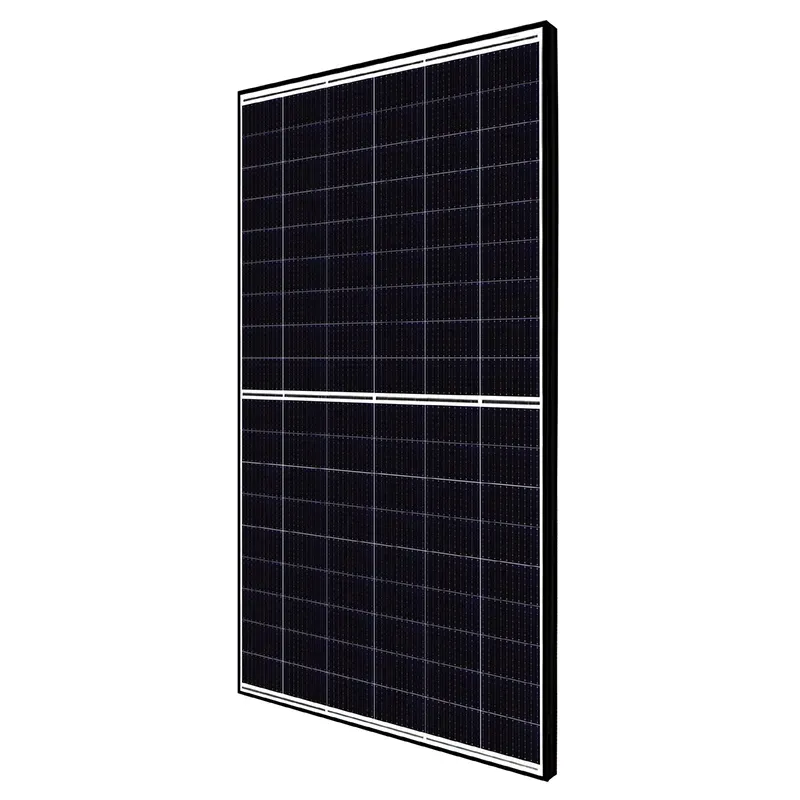solar panel construction
The Process of Solar Panel Construction
Solar panels have become a vital part of the global shift towards renewable energy. Their construction involves several stages, each critical to producing efficient and reliable photovoltaic (PV) cells. This article will delve into the intricate process of solar panel construction, highlighting the materials used, the manufacturing steps, and the quality control measures taken to ensure top-notch performance.
Raw Materials
The primary component for solar panels is silicon, sourced from quartz sand. Silicon is favored for its semiconductor properties, allowing it to efficiently convert sunlight into electricity. The solar cells are typically constructed from crystalline silicon, which can be either monocrystalline or polycrystalline. Monocrystalline silicon is known for its higher efficiency and sleek appearance, while polycrystalline silicon is less expensive and simpler to produce.
In addition to silicon, solar panels include various materials like glass, back sheets, and encapsulants. The front layer is generally made from tempered glass, providing durability and protecting the solar cells from environmental factors. The back sheet is usually composed of a polymer material that shields the cells from moisture and external elements. Encapsulants, typically made from ethylene-vinyl acetate (EVA), are used to bind the cells to the glass and back sheet, ensuring they stay intact and operational.
Manufacturing Process
The construction of solar panels involves several key steps, beginning with the production of silicon wafers. Silicon is purified and then melted in a furnace. Once purified, it is cooled and sliced into thin wafers, which will become the basis for the solar cells.
Next comes the doping process, where phosphorous or boron is introduced to the silicon wafers. This step creates a p-n junction, crucial for generating an electric field within the solar cell. After doping, the wafers are treated to form an anti-reflective coating, which enhances light absorption and efficiency.
solar panel construction

Following the preparation of the silicon wafers, they are assembled into solar cells. The cells are interconnected using thin metal strips or conductive paste, forming the larger solar module. These modules are then encapsulated, with layers of glass and back sheet applied to protect the cells and create a robust panel.
Once fully assembled, the panels undergo a lamination process where heat and pressure are applied to seal the layers together securely. This guarantees that the cells are protected against moisture and mechanical stress, allowing for long-term outdoor usage.
Quality Control and Testing
Quality control is paramount in solar panel production to ensure efficiency and durability. Manufacturers perform rigorous testing on the solar panels at various stages of construction. This includes visual inspections for defects, electrical testing to measure performance, and environmental tests to assess how the panels withstand conditions like extreme temperatures, humidity, and corrosive elements.
Additionally, panels are often subjected to a thermography test to identify any hotspots that might indicate malfunctioning cells. These quality assurance measures help in identifying potential failures early on, ensuring that only high-quality panels reach the consumers.
Conclusion
The construction of solar panels is a highly specialized process that combines advanced technology with quality materials. From raw silicon to final testing, each step is crucial in ensuring that the panels are efficient and reliable for powering homes, businesses, and entire cities sustainably. As renewable energy continues to become more significant in the global energy landscape, understanding the intricacies of solar panel construction will be essential for both consumers and stakeholders in the energy sector. Embracing solar technology not only contributes to reducing carbon footprints but also fosters a cleaner, more sustainable future.
-
Unlocking Energy Freedom with the Off Grid Solar InverterNewsJun.06,2025
-
Unlock More Solar Power with a High-Efficiency Bifacial Solar PanelNewsJun.06,2025
-
Power Your Future with High-Efficiency Monocrystalline Solar PanelsNewsJun.06,2025
-
Next-Gen Solar Power Starts with Micro Solar InvertersNewsJun.06,2025
-
Harnessing Peak Efficiency with the On Grid Solar InverterNewsJun.06,2025
-
Discover Unmatched Efficiency with the Latest String Solar InverterNewsJun.06,2025







